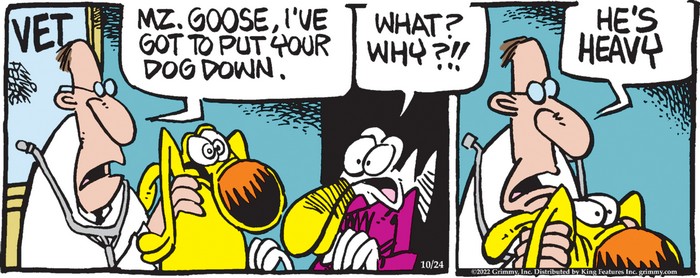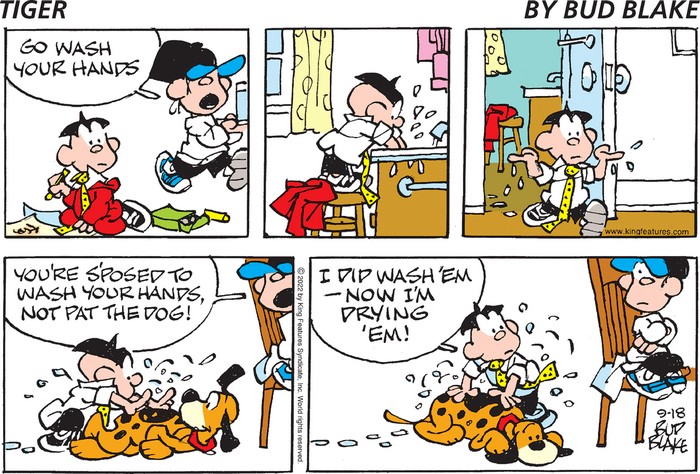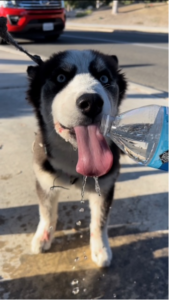 ∙ Cats respond preferentially to the voice of their owner
∙ Cats respond preferentially to the voice of their owner
Indoor cats react when their owners speak in a high-pitched “kitty voice” – such as by moving their heads and ears more – but not when strangers do so.
Unlike dogs, which respond to speech directed at them whether it is from their owners or from strangers, cats only seem to respond when the speaker is their owner. This may suggest that cats and their owners bond through their own unique form of communication, says Charlotte de Mouzon at University Paris Nanterre in France.
De Mouzon and her colleagues tested the behavior of 16 cats, nine males and seven females, living in studio apartments either as single pets with a female owner or as pairs of cats with a heterosexual couple. The cats ranged in age from 8 months to 2 years old, and their owners were all veterinary students at the National Veterinary School in Alfort, near Paris.
The team recorded the owners calling their cats by name in a high-pitched voice, as they would normally. The owners were also asked to say things in French relating to one of four contexts. These included: “Do you want to play?”, “Do you want to eat?”, “See you later!” and “How are you?”. The team then recorded the pet owners saying the same phrases to people, now using the style of speech they would typically use with friends or adult family members.
Sixteen women – not known to the cats – also had their voices recorded as they said the same four things to adult humans and to cats that they saw in videos in de Mouzon’s laboratory, using the same styles of speaking as the cat owners.
The cats heard all the recordings in their own homes, with their owners present but not interacting with them. When they heard the voices of their owners, the cats tended to interrupt their behavior and begin doing something else, such as looking around, moving their ears and tails, or even becoming completely still.
Even when they heard strangers speaking to them in a high-pitched, affectionate manner, calling them by name and inviting them to play or eat, the cats essentially ignored them, says de Mouzon. However, that could be related to the fact that all the cats were exclusively indoor pets, with few opportunities to interact with strangers, she says.
The findings provide further evidence that cats have strong social cognitive skills and that they are “sensitive and communicative individuals”, she says.
“We know that they react to this kind of speech and it’s a good way for cats to know that we’re addressing them,” says de Mouzon. “So, we should feel confident about speaking to our cats with this kind of ‘baby talk’.”
Journal reference: Animal Cognition, DOI: 10.1007/s10071-022-01674
∙ Dr. Lori Teller, a clinical associate professor of telehealth at the Texas A&M School of Veterinary Medicine & Biomedical Sciences, says there are several foods people should avoid giving their pets, but especially any foods containing xylitol.
“Anything that contains xylitol should never be given to dogs,” Teller said. “It is extremely toxic and can lead to liver failure and death. It is a common replacement for sugar in many human foods, but it is so toxic to dogs that there has been legislation filed in Congress to require that any products containing xylitol be labeled as such. The bill is titled the Paws Off Act of 2021.”
Traditional holiday cooking and baking ingredients also can be dangerous for pet consumption. Some such items include chocolate, especially dark or baking chocolate; grapes or raisins; fatty foods; macadamia nuts and walnuts; bones; alcohol; raw dough; seeds and pits from fruits (such as apples, apricots, cherries, peaches); caffeinated products; avocado; and onions and garlic.
“Any dangerous foods should be stored in a pet-proof cabinet, pantry, or container,” Teller advised. “Some pets are ‘counter-surfers’ and will jump up on a counter to steal something that smells irresistible.
Teller said that while some foods should be avoided in pet consumption at all costs, such as products containing xylitol and grapes or raisins, the effects of other foods are dose-dependent.
“One example is chocolate,” she explained. “If your healthy Labrador retriever gets a hold of a couple of milk chocolate M&Ms, then the risk is pretty low for any problems. However, if the dog eats a couple of squares of baking chocolate, there is a much higher risk of toxic effects and you should seek veterinary care. When in doubt, talk to your veterinarian.”
While some traditional holiday eats and treats are dangerous for pets, others can be enjoyed together in celebratory moments. “These include most fruits (minus the seeds or pits), such as apples, bananas, blueberries, and watermelon. Most vegetables are healthy as well, including carrots, green beans, chickpeas, lettuce leaves, and cucumbers,” Teller said. “White rice and plain bread in small quantities are also acceptable. Cooked chicken, turkey or fish, without the skin or bones, is also safe for pets.”
“Any treats or human foods given to pets should not exceed 10% of their dietary intake,” Teller shared. “More than this and their diet may become nutritionally unbalanced. It is always a good idea to talk with your veterinarian to make sure foods that you want to give your pet will be safe, especially if your pet has an underlying health problem.”
Keeping your pet away from potentially toxic foods may also involve educating children and visiting relatives, or even keeping the pet out of the kitchen entirely. Keeping your pet’s safety top of mind will help ensure that the entire family has a happy, healthy holiday season.
If you find yourself in a situation this holiday season where your pet has consumed something potentially detrimental to their health, The ASPCA’s Animal Poison Control can be reached at (888) 426-4435 and the Pet Poison Helpline can be reached at (855) 764-7661.
Pet Talk is a service of the School of Veterinary Medicine & Biomedical Sciences, Texas A&M University.











